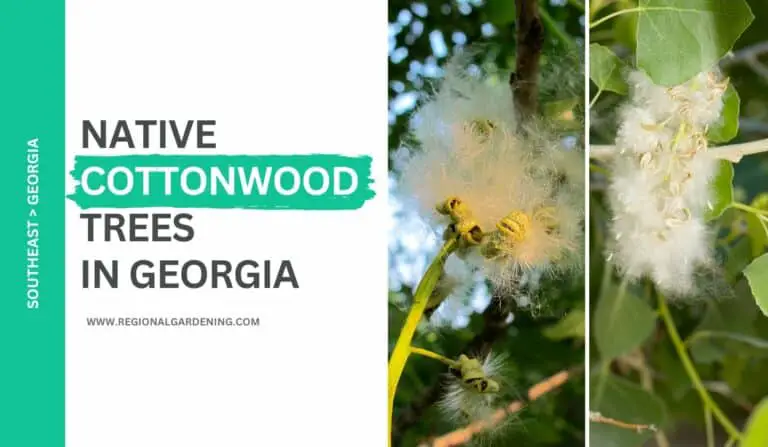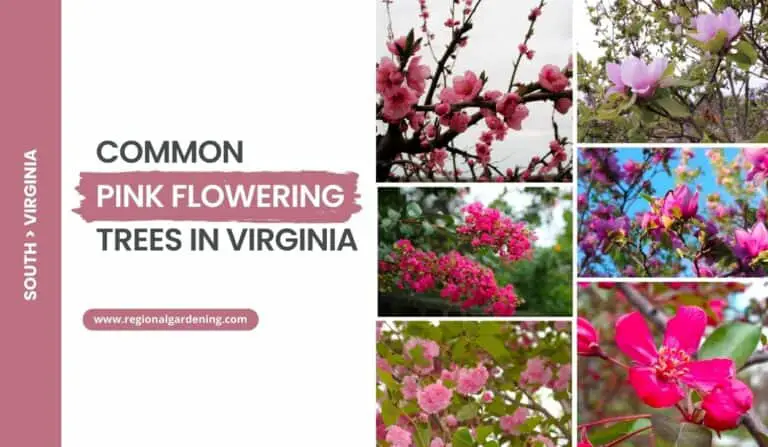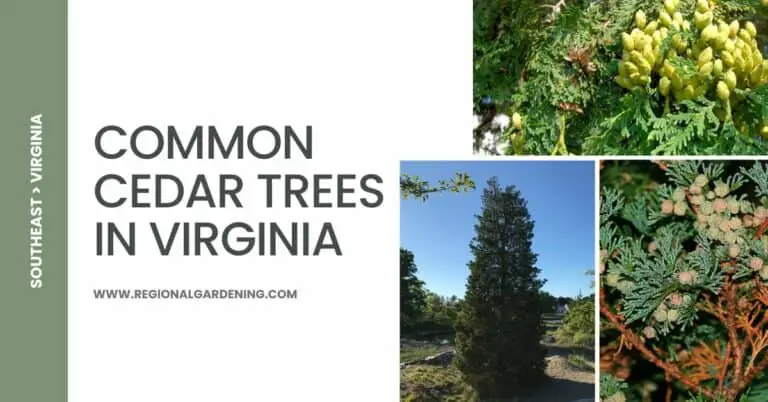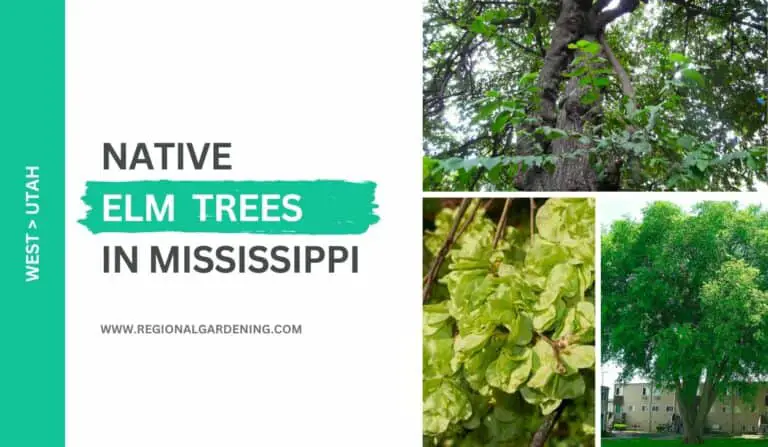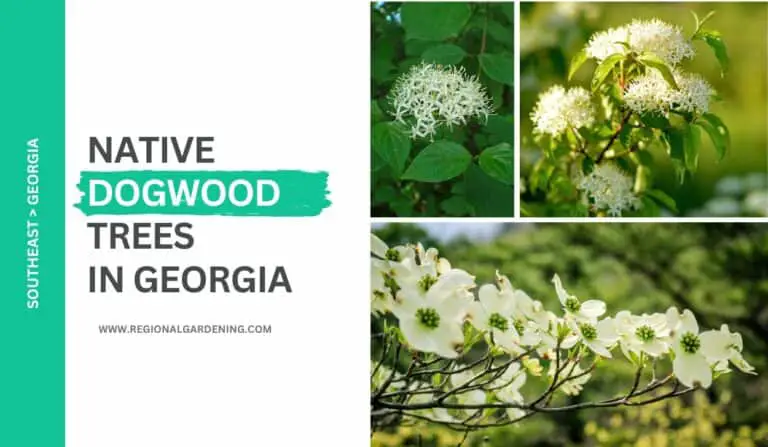4 Common Elm Trees In Kentucky (Photos & Identification)

Elm trees in Kentucky are a remarkable spectacle, transforming the environment with their regal stature and lively greenery. These grand trees don’t merely beautify countryside lanes, urban spaces, and gardens, but also offer abundant environmental and societal benefits.
Elm trees enhance our surroundings, acting as an environmental umbrella for local fauna by offering cover and contributing to a serene atmosphere. Additionally, their resilient wood is used historically in crafting pieces of furniture, marking elms not only stunningly aesthetic but also practical and robust.
Let’s begin exploring elm trees in Kentucky, unveiling their numerous extraordinary characteristics.
1. American Elm

- Scientific Name: Ulmus americana
- Common Name(s): American Elm, White Elm
- Mature Height: 60 to 80 feet tall
- Native Region: Eastern and Central North America
- Flowers: Monoecious; inconspicuous small flowers
- Fruit: Flat, winged seeds surrounded by a papery membrane
- Uses: Ornamental shade tree, urban landscaping; historically used for furniture and shipbuilding
The stately American Elm, scientifically known as Ulmus americana, graces Kentucky landscapes with its unique vase-like shape and lush canopy. This deciduous tree, with mature heights ranging from 60 to 80 feet, is an icon of classic American streetscapes and urban greenery. Its natural range includes Eastern and Central North America, and its adaptability to a wide range of soils makes it a versatile landscaping choice.
The American Elm’s flowers are unremarkable, but its fruits are distinctive flat, winged seeds with a papery coating. While the flowers aren’t particularly stunning, the tree’s general shape and leaves add to its allure. The elliptical, double-toothed leaves become a vivid yellow in the fall, adding to the plant’s seasonal attractiveness.
Historically, American Elm was used extensively in a variety of businesses. Because of its strength and flexibility, the wood was a popular choice for furniture and shipbuilding. However, in modern Kentucky landscapes, the tree is prized largely for its esthetic features, offering sufficient shade and a lovely shape.
American Elm, known for its quick growth, requires well-drained soil and full sunlight for best development. It’s a popular choice for urban landscaping, with streets and public places all around the country lined with it. Despite its susceptibility to Dutch elm disease, which destroyed populations in the mid-twentieth century, resistant cultivars have been created, allowing this famous tree to be appreciated indefinitely.
American Elm trees in Kentucky entail frequent trimming to preserve shape and boost overall health. Because of the tree’s resilience to a variety of soil types, including urban areas, it is a durable and long-lasting choice for both residential and municipal landscapes. The American Elm is a treasured presence in Kentucky’s arboricultural tapestry due to its historical relevance and everlasting appeal.
2. Winged Elm
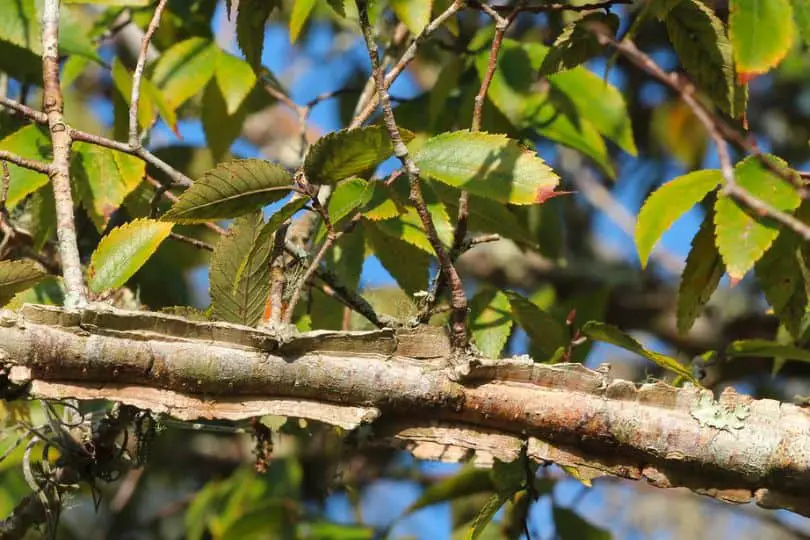
- Scientific Name: Ulmus alata
- Common Name(s): Winged Elm, Wahoo Elm
- Mature Height: 40 to 60 feet tall
- Native Region: Southeastern United States, including Kentucky
- Flowers: Monoecious; inconspicuous small flowers
- Fruit: Samaras with distinctive corky wings
- Uses: Ornamental shade tree, wildlife habitat; historically used for various wooden implements
The unusual Winged Elm, scientifically known as Ulmus alata, adds a unique character to Kentucky landscapes with its corky-winged branches and beautiful appearance. This deciduous tree grows to a mature height of 40 to 60 feet and is native to the southeastern United States, including Kentucky. It thrives in a range of soils and adapts well to urban areas.
Winged Elm has modest, discreet blossoms that provide a delicate elegance to its branches. The tree’s actual distinguishing characteristic, however, is its fruit — samaras with distinctive corky wings that give the tree its name. The serrated, asymmetrical leaves add to its overall beauty, becoming a pleasing golden in the fall.
While Winged Elm was historically prized for a variety of wooden items such as wheel spokes and tool handles, its major present purpose is as an attractive shade tree. Its tolerance to many soil types, including clay and sandy soils, makes it a tough option for Kentucky landscaping. The tree’s branches, which are ornamented with unusual wings, provide a visually appealing silhouette.
Aside from its esthetic appeal, the Winged Elm trees in Kentucky acts as a wildlife habitat, providing refuge and food for birds and other animals. Because of its tiny size, it is appropriate for both residential and urban settings, where it can be utilized as a shade tree along roadways and in parks.
Winged Elm care often entails routine trimming to maintain shape and promote healthy growth. Its resistance to Dutch elm disease, which threatens other elm species, adds to its allure as a low-maintenance and long-lasting tree. Winged Elm stands out as a versatile and aesthetically pleasant choice for Kentucky landscapes wanting a distinctive and adaptable deciduous tree, contributes to the region’s rich flora.
3. Slippery Elm
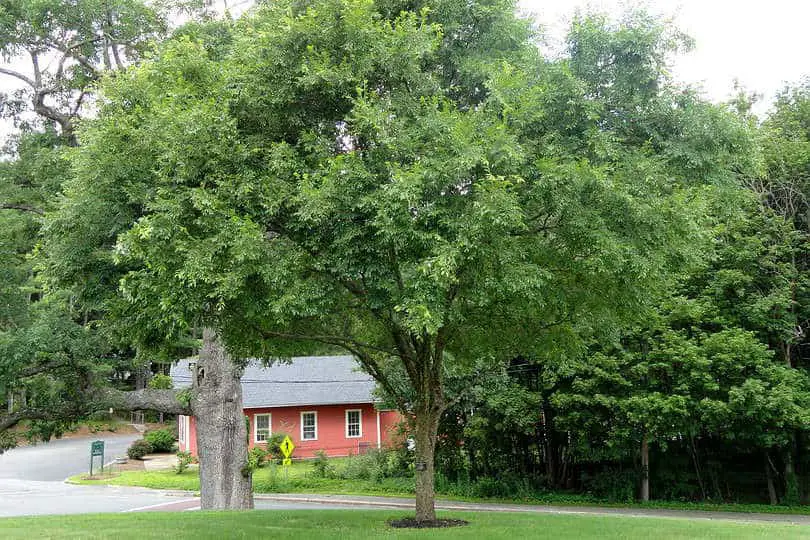
- Scientific Name: Ulmus rubra
- Common Name(s): Slippery Elm
- Mature Height: 40 to 60 feet tall with a spread of 40 to 60 feet
- Native Region: Eastern and Central United States
- Flowers: Hermaphroditic. Inconspicuous reddish-brown flowers.
- Fruit: Flat, winged samaras, maturing in spring.
- Uses: Medicinal purposes, erosion control, and ornamental landscaping.
The Slippery Elm, scientifically known as Ulmus rubra, is a deciduous tree famed for its size, often reaching a height of 40 to 60 feet and a width of the same. This elm species, native to the eastern and central United States, is distinguished by a broadly rounded crown and characteristic double-toothed leaves, making it easily identifiable in a variety of environments.
Slippery Elm is a hermaphroditic tree with little reddish-brown blooms. Its fruit is made up of flat, winged samaras that develop in the spring and offer a slight visual interest to the tree. Aside from its cosmetic significance, Slippery Elm is important for erosion management due to its deep-rooted system, which helps maintain soil on hillsides and riverbanks.
One of the most notable characteristics of Slippery Elm trees in Kentucky is its long history of medical use. The inner bark has long been used for its mucilaginous qualities, which provide throat and stomach relief. This useful feature has contributed to its status as an important resource in herbal therapy.
Slippery Elm can be successfully integrated into landscaping in Kentucky, especially in regions where erosion management is an issue. The tree grows best in moist, well-drained soils and can tolerate a wide range of environmental conditions. When it comes to location, giving the tree enough room to spread enables healthy growth and allows the tree’s full beauty potential to be realized. Slippery Elm is a flexible and valuable addition to Kentucky gardens and green areas due to its combination of aesthetic appeal, ecological benefits, and historical value in herbal medicine.
4. Rock Elm
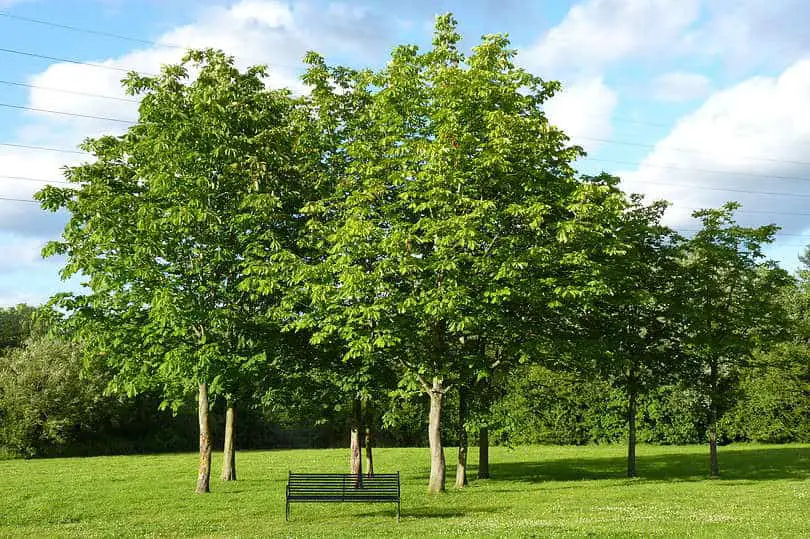
- Scientific Name: Ulmus thomasii
- Common Name(s): Rock Elm, Cork Elm
- Mature Height: 60 to 80 feet tall
- Native Region: Eastern and Central North America, including parts of Kentucky
- Flowers: Hermaphroditic; inconspicuous small flowers
- Fruit: Samaras with a flattened wing
- Uses: Historically used for wagon hubs, tool handles, and furniture; limited modern ornamental use.
In Kentucky settings, the sturdy Rock Elm, formally known as Ulmus thomasii, stands as a monument to strength and durability. This deciduous tree, which grows to a mature height of 60 to 80 feet, is endemic to Eastern and Central North America, including parts of Kentucky. While Rock Elm is less frequent in modern landscapes, its sturdy wood has historical value.
Rock Elm has hermaphroditic, inconspicuous tiny blossoms that add to its unassuming beauty. The fruit of the tree is unique in that it has a flattened wing that allows for optimal wind dissemination. The serrated, elliptical leaves offer a lush canopy that turns golden in the fall.
Rock Elm has historically been used in a variety of businesses. Its wood was utilized for wagon hubs, tool handles, and furniture because of its durability and shock resistance. Although its use in modern applications has declined, the tree remains valuable in certain circumstances, particularly for those interested in maintaining historical or native landscapes.
Rock Elm is resilient in the face of environmental problems because it is adaptable to many soil types. Its limited modern ornamental application is frequently seen in historical or conservation landscapes, where its distinctive traits contribute to a sense of legacy. The upright shape and dense foliage of the tree make it perfect for providing shade in bigger locations.
Trimming Rock Elm trees in Kentucky is necessary to maintain structure and improve overall health. While it may not be as common as other elm species in modern settings, its presence in Kentucky, particularly in historically significant areas, contributes to the region’s diverse flora. For those who value the historical significance of trees and their enduring attributes, Rock Elm is a symbol of strength and persistence in Kentucky’s natural heritage.
Similar Articles
- Maple Trees In Kentucky
- Dogwood Trees In Kentucky
- Berry Trees In Kentucky
- Oak Trees In Kentucky
- Hickory Trees In Kentucky
- Cypress Trees In Kentucky
- Ash Trees In Kentucky
- Pine Trees In Kentucky
Common Elm Trees In Kentucky – Sources
The Regional Gardening team makes sure that the information in our articles is accurate by only using sources that are known to be trustworthy. Some of these sources are peer-reviewed journals from government agencies, well-known universities, and scientific research organizations.
- Common Kentucky Trees, Department of Forestry & Natural Sources, University of Kentucky
- Native Trees Of Kentucky, Department of Horticulture, University of Kentucky.
- Trees & Shrubs of Kentucky, Book By Mary E. Wharton and Roger W. Barbour, University Press Of Kentucky


